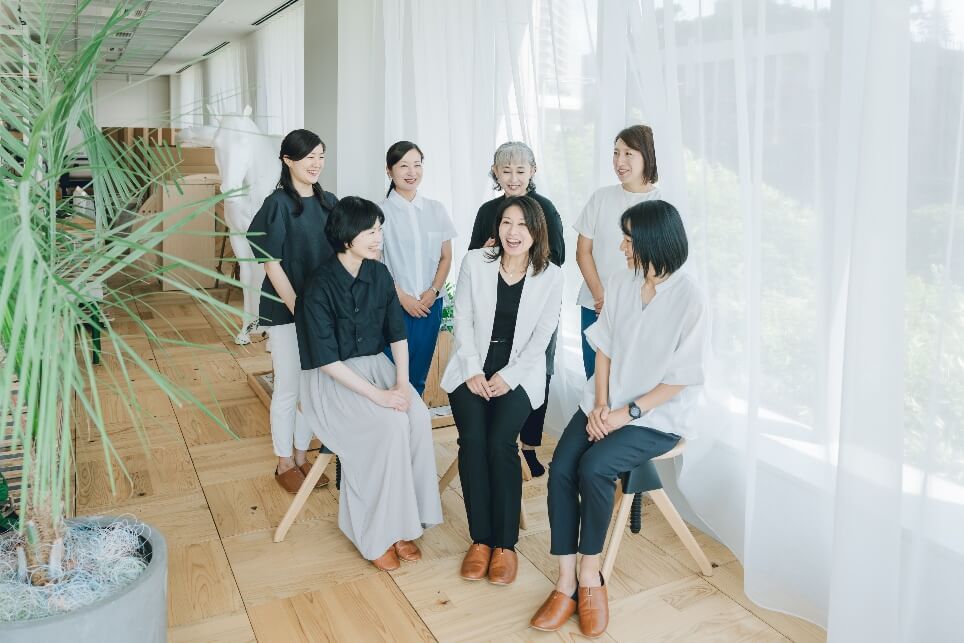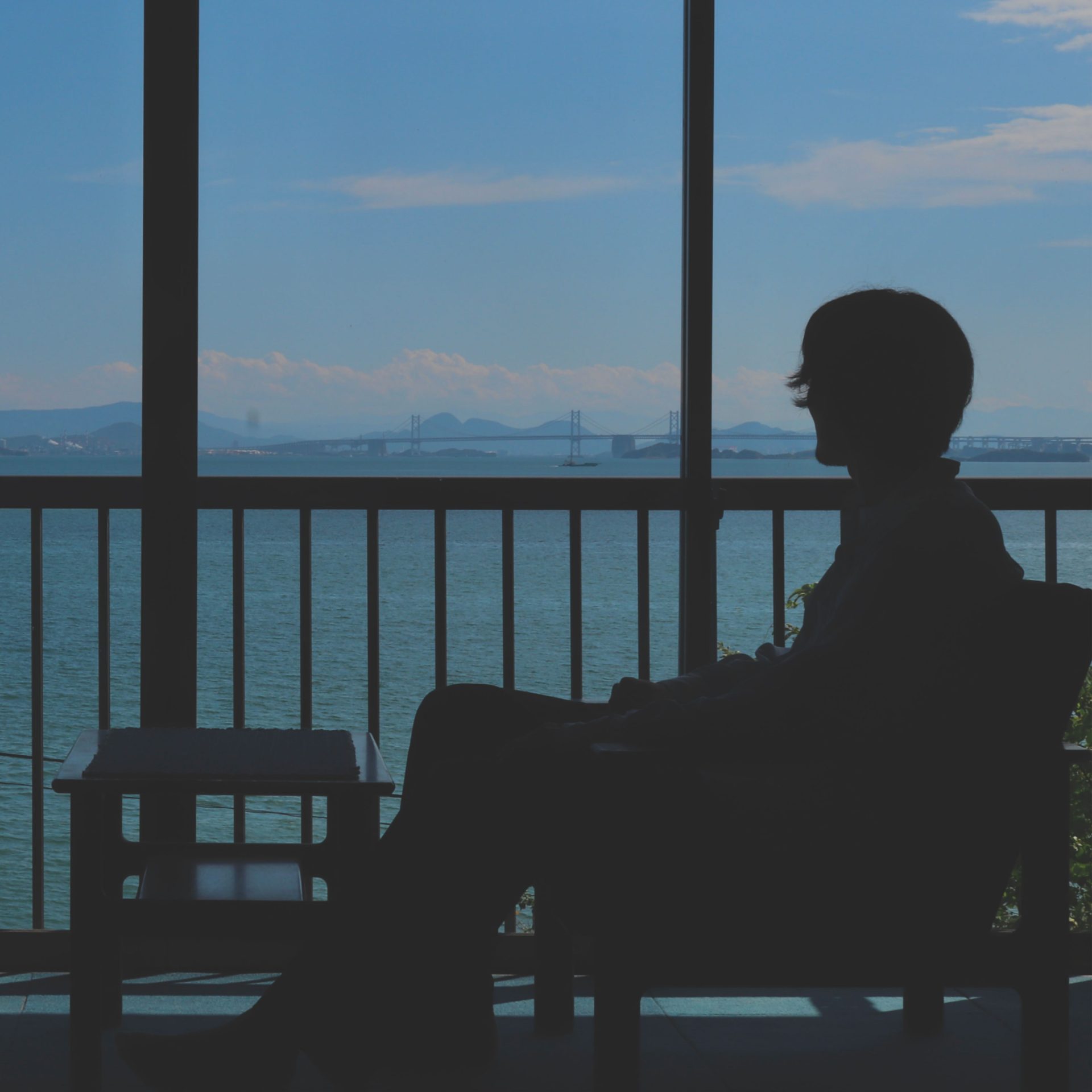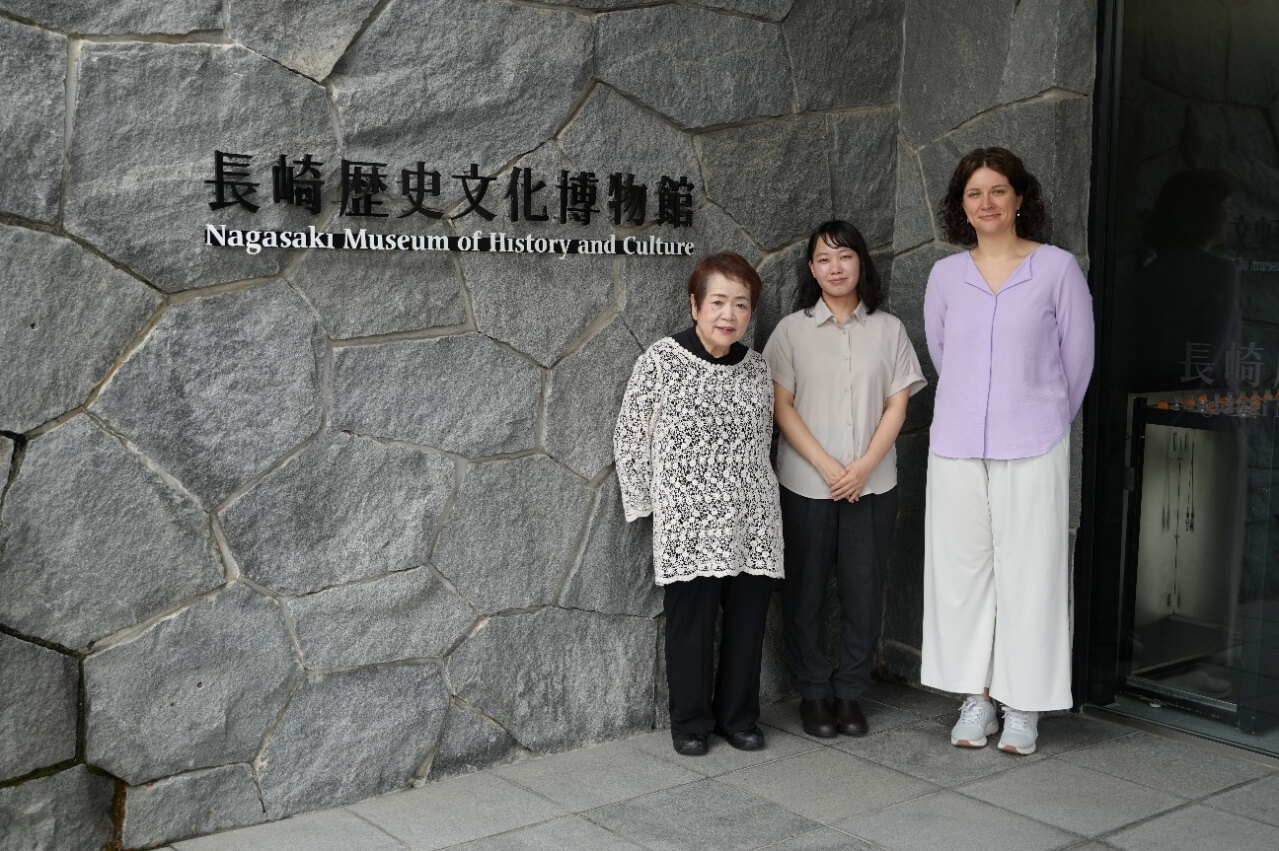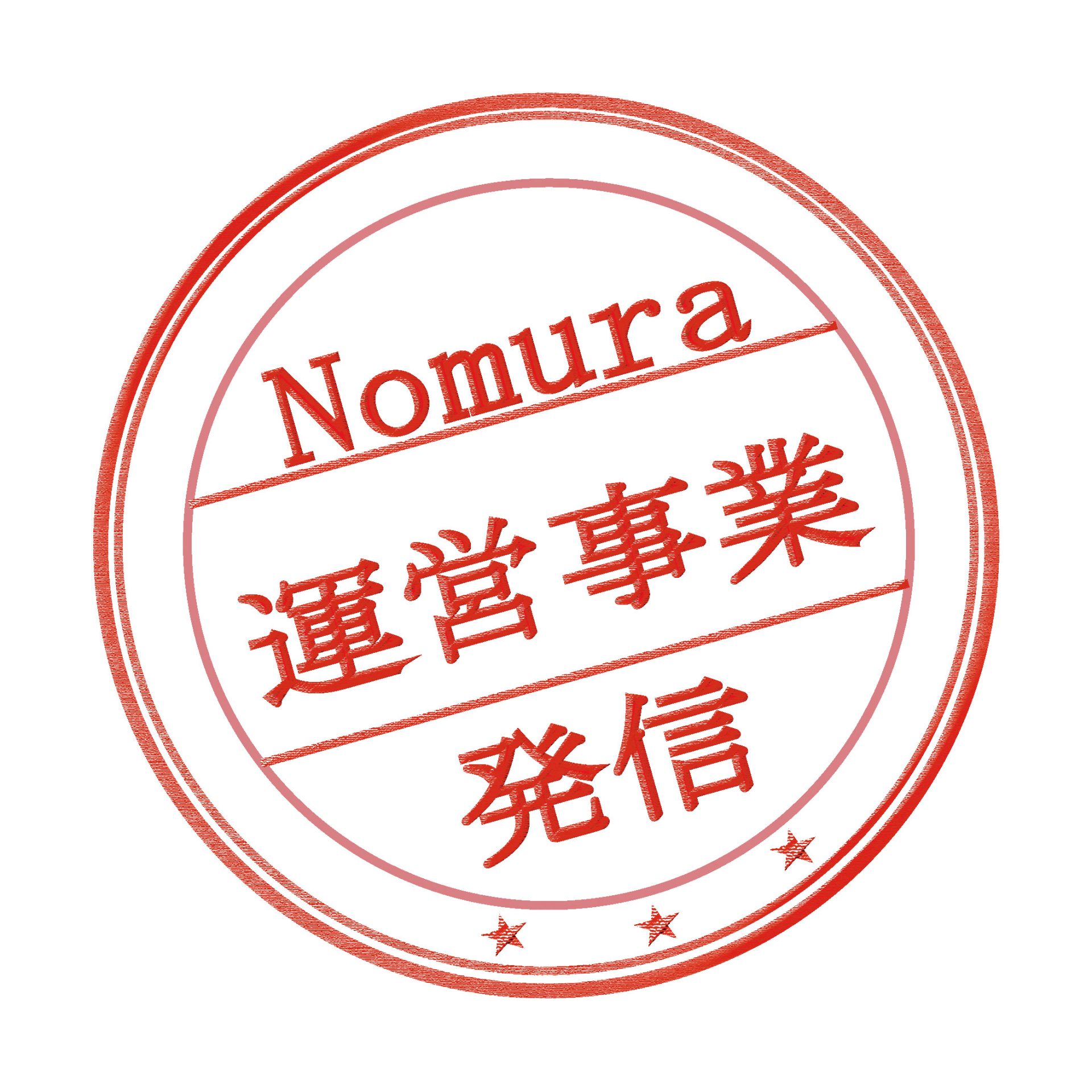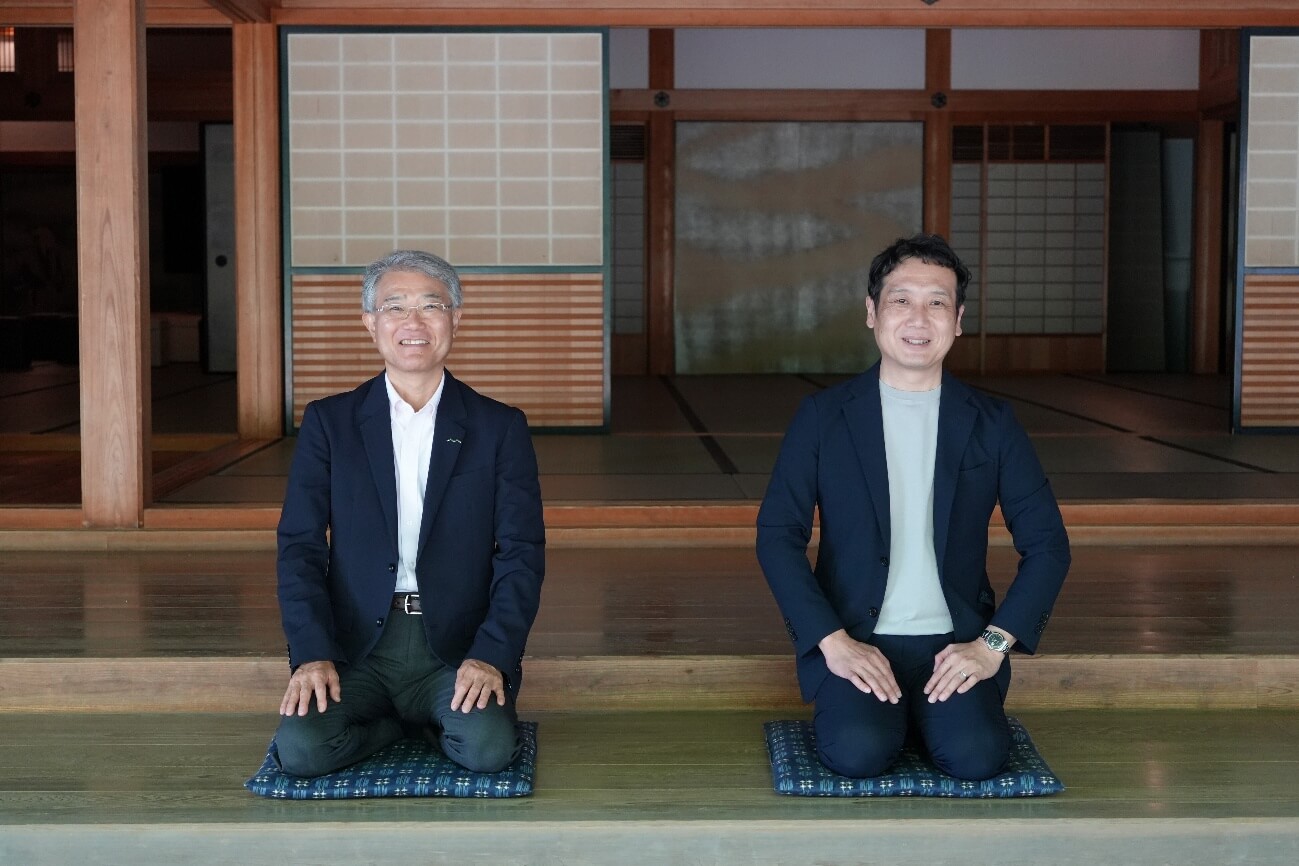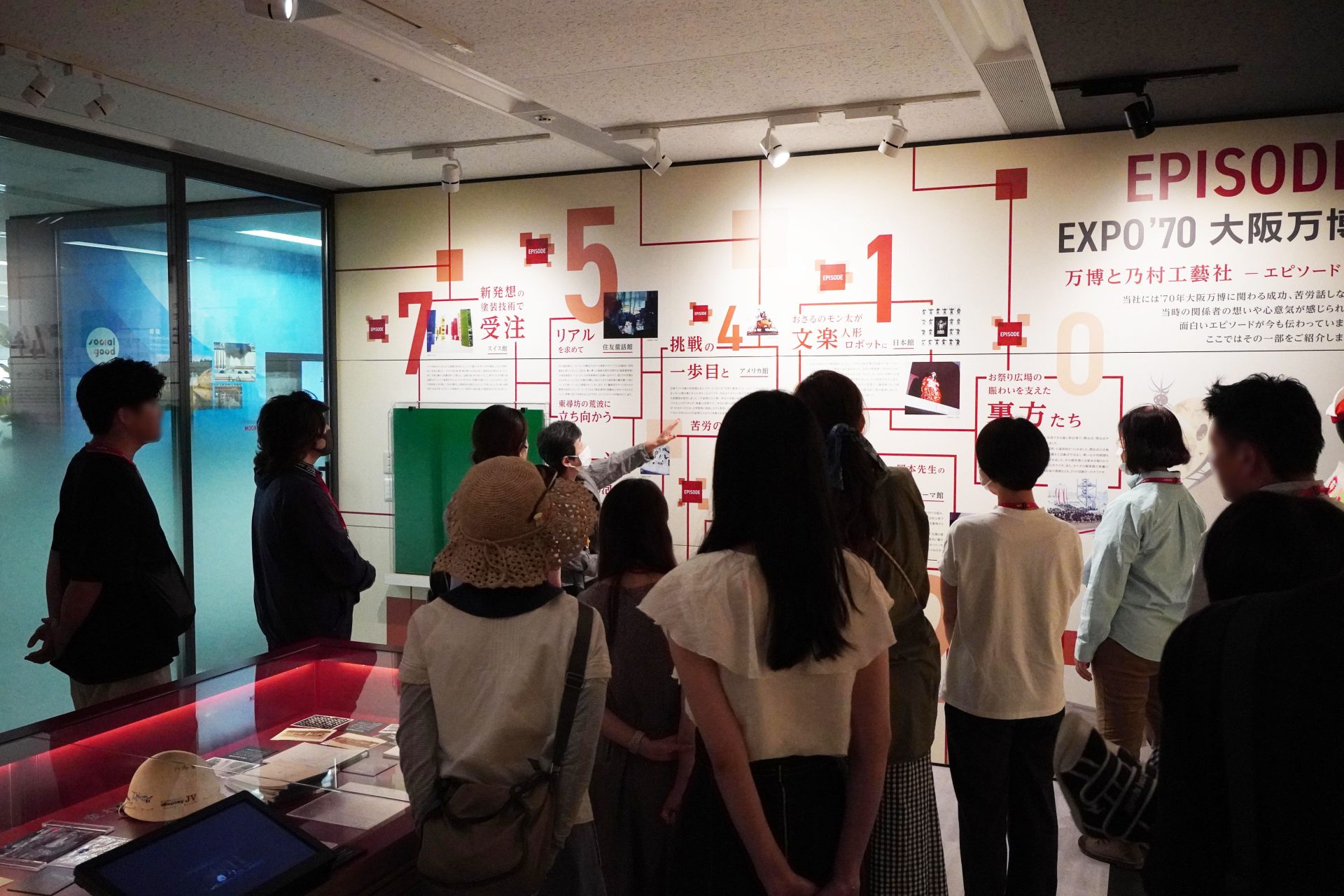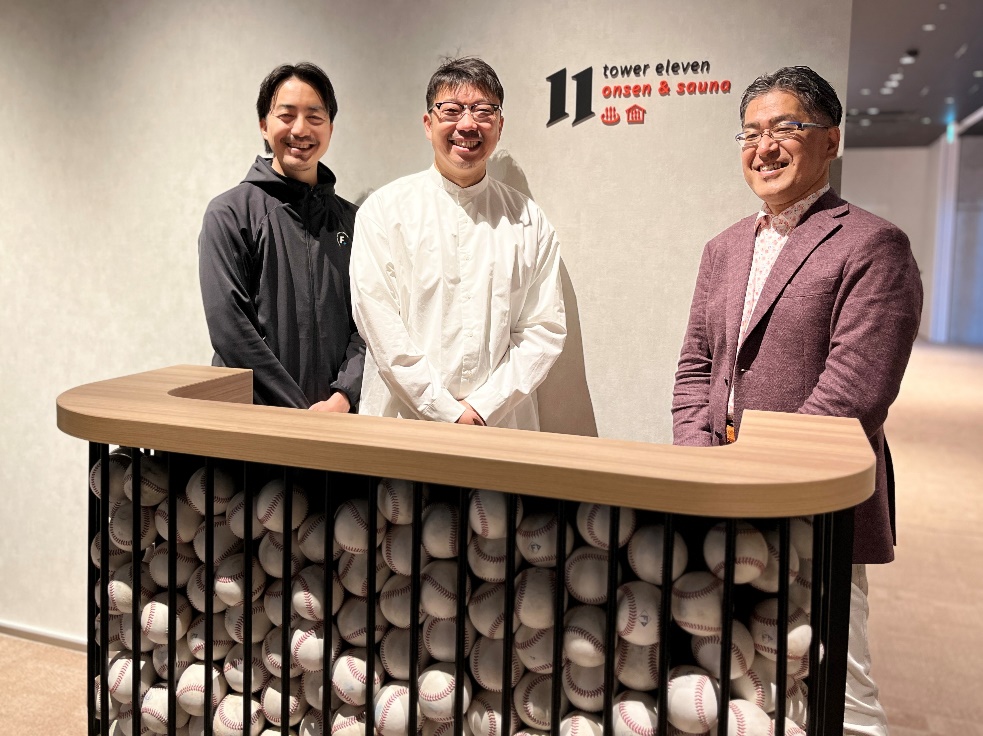
- text and edit by
- Yuuki Noda
It's almost 1 months since the emergency declaration has been lifted.
At commercial facilities and stores, we are implementing various measures along with the resumption of business, and are promoting the creation of commercial spaces that match the new lifestyle.
From "gradually starting to see the future" to "to the future that is not yet visible".
This time, I would like to consider the new normal of in-store experiences from a medium- to long-term perspective, looking ahead to a society where the new coronavirus "ends" rather than "converges".
Commercial space undergoing a digital shift
Under the declaration of a state of emergency, physical sales at commercial facilities and stores declined, while digital sales such as e-commerce remained strong.
In recent years, the shift from real to digital has been attracting attention in the commercial field. In addition, new services such as subscription services, D2C (Direct to Consumer), secondary distribution services, etc. will continue to emerge due to the advancement of digital technology.
Since joining the company, I have mainly been in charge of planning and development projects for commercial facilities and stores, and have worked with clients to come up with various ideas for commercial spaces in the next 5 to 10 years. Among them, this time I would like to introduce the business format prototype video “Our Closet” created in collaboration with NTT DATA in 2018.
This video depicts a new customer experience that combines a subscription model and digital technology based on the purchase experience at a real store.
At that time, I simply thought that the fusion of the real and the digital would be the theme of future commercial spaces.
However, I feel that the new coronavirus has fundamentally changed the way of thinking that is the basis of the spatial business of “attracting customers”. So, I would like to take a closer look at the changes that the new coronavirus has brought to the commercial space.
Changes in physical distance
As the state of emergency has been lifted and economic activities have resumed, stores and commercial facilities are working on various measures and responses to regain the ability to attract customers due to the spread of the new coronavirus.

for example,
・ Leave space between the lines that can be made in front of the cash register
・Space between escalators
・Make it impossible to use the toilet bowl in the adjacent toilet
・Affix a position mark on the floor of the elevator
etc
As you can see from these efforts, it is said that in society after the end of the new coronavirus, the way of thinking about physical distancing with others will change significantly. Along with that, I think there are future possibilities in terms of store experience, such as preventing crowding (limiting the population density inside the store) and providing new experience value unique to that environment.
Therefore, this time, based on the model of the real apparel store that was introduced in [Our Closet] earlier, we will introduce a new normal store experience from the two approaches of "attracting customers" and "flow lines" to limit the population density in the store. I would like to consider about
 ↑Illustration / Spatial image of an apparel store so far
↑Illustration / Spatial image of an apparel store so far
Consideration 1_ Controlling customer attraction
The first is the idea of controlling the audience.
How about an accompanying lounge experience that offers a high value-added experience with limited crowds? In addition to controlling the number of customers by introducing a reservation system and a ticket system, we will provide a unique experience of trying on products and serving customers in a personalized form for each customer, and combine functions such as eating and drinking and amusement. So, it seems that we can improve the quality of the store experience unique to real stores.
 ↑Illustration / Spatial image of the store with the theme of "controlling customer attraction"
↑Illustration / Spatial image of the store with the theme of "controlling customer attraction"
Restricting the number of customers will not only reduce customer stress, but will also create a special feeling when visiting the store, which will be effective for branding and promotion.
In addition, as for the possibility of attracting customers, for example, it is possible to have a double business form, such as a complete reservation system on weekdays and normal business on holidays, or use it as a studio dedicated to live distribution during a fixed time of the day. By dividing the usage of the store with , it may be possible to operate a multitasking store where one store plays various roles.
In New York, there is a service that allows restaurants that are open for dinner to be used as coworking spaces only during the hours before opening. I believe that the idea of one space having multiple functions will open up new possibilities for the space business.
Consideration 2_ Controlling flow lines
The second is the idea of controlling the flow of customers in the store.
By separating the entrance and exit of the store, which is usually gathered in one place, and adopting a forced flow line or a semi-forced flow line, it is possible to gently control the movement of customers inside the store.
 ↑Illustration / Spatial image of the store with the theme of "controlling flow lines"
↑Illustration / Spatial image of the store with the theme of "controlling flow lines"
Considering the shift in the role of stores from a place of purchase to a place to create connections with brands, controlling the line of flow will allow us to appeal to customers in an orderly and stressful way, like an attraction at a theme park. It seems that you can also make use of it.
We can provide a hands-on brand experience that stimulates the five senses through various devices such as a sense of scale and production effects that cannot be expressed with digital devices. For example, by setting up a dedicated entrance, it is possible to smoothly respond to disinfection such as air showers and temperature measurement, and by adding entertainment effects such as light and scent, it will be an experience that impresses the brand. You may be able to sublimate.
Expanding the concept of stores a little further, like Albergo Diffuso (literally, "decentralized hotel"), which was born in Italy and distributes accommodation functions throughout the city, the function of the stores can be decomposed and distributed throughout the city. I think you can also think of a store where you can experience the brand while visiting.
About the new normal of store experience
In the future, the real world and the digital world will merge more and more, and a new lifestyle will take root in a post-COVID-19 society.
I think that the new normal of the store experience is a store experience that has refined the experience value unique to the store by positively capturing the change in the sense of distance from the body due to the corona disaster. And by removing the preconceived notions of how stores should be, which we have taken for granted, we can create as many variations in store experience as there are store brands and business formats.

So far, I have freely considered the new normal of store experience, but finally, I would like to touch a little bit on the challenges to realize the new normal store experience.
The fusion of the real and the digital will continue in the future. Under such circumstances, in order for physical stores to continue to be chosen as a channel to connect with general consumers, it is necessary to visualize the usefulness of new physical spaces with new evaluation indicators, which is not the function of selling things. I feel there is.
ExB Design Farm (commonly known as XB) has been launched!
Therefore, with the vision of "redefining and inventing the value of spatial experience", four members with different areas of expertise gathered as volunteers and voluntarily launched an in-house team. From now on, I would like to invent new value in the spatial experience that will be required in the future, through interviews with pioneers and challengers and through the dissemination of my own ideas.

From left to right in the photo, the members are Naomi Kajimura, Takahito Abe, Yuuki Noda, and Chika Yamada. This article was written by Yuuki Noda.
Click here for past articles
Thank you for reading for me until the end.
Like this article?

